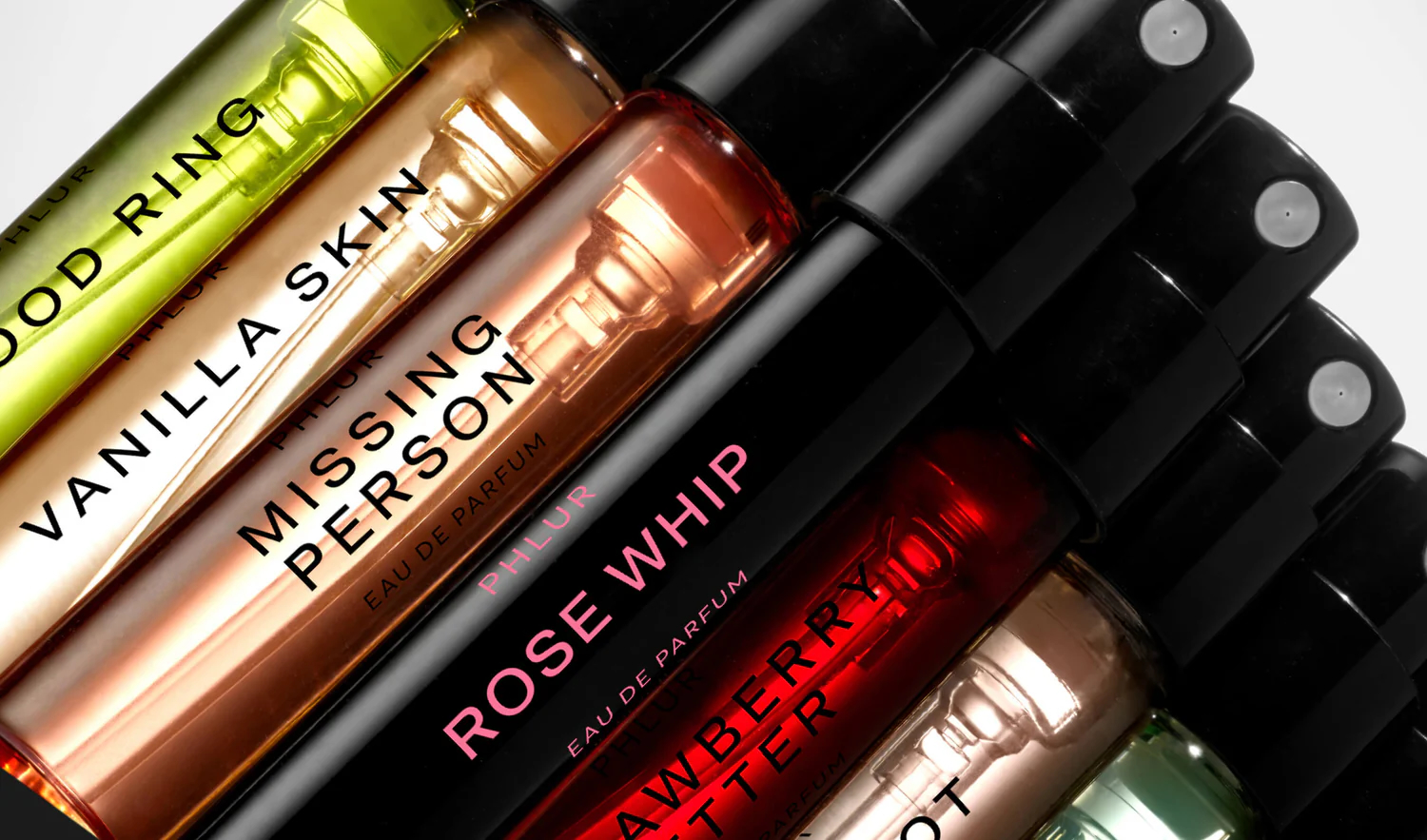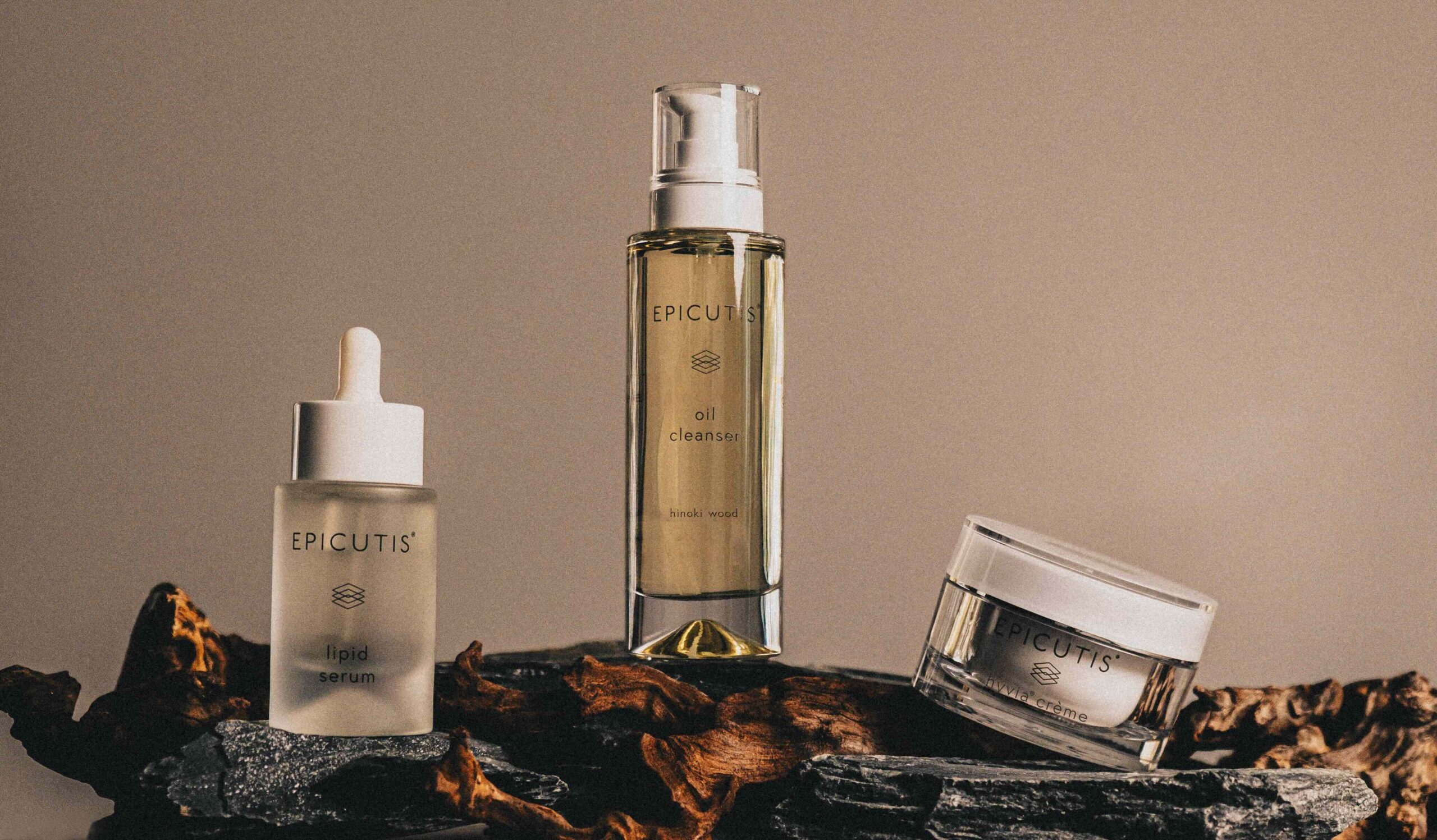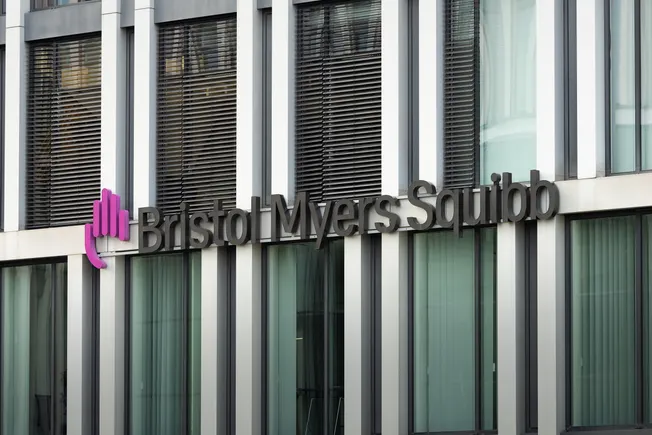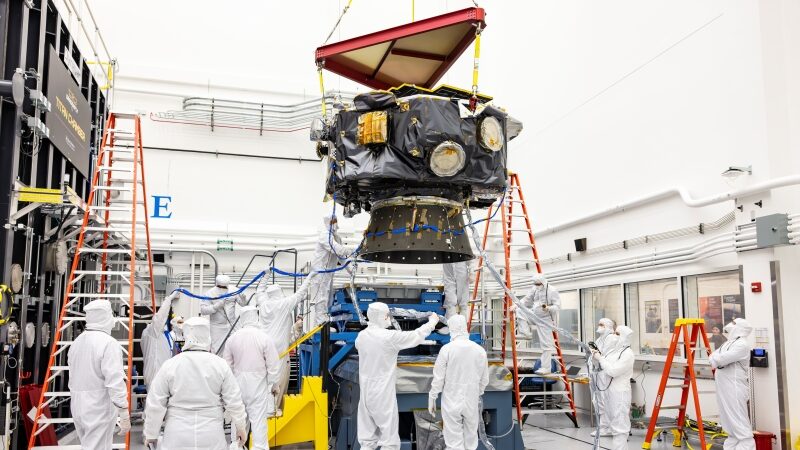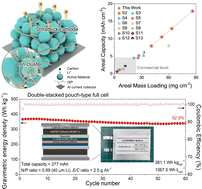Sugar Alcohols Induced Steric Hindrance Modulation Boosting Unconventional Zn(101) Facet Texture Anode
Advanced Energy Materials, Volume 15, Issue 24, June 24, 2025.

In aqueous zinc ion batteries, problems such as hydrogen evolution reactions, by-products, and dendrite growth are caused by the reactive water in the electrolyte. Therefore, an electrolyte is designed with a spatial site resistance effect that can reconfigure the hydrogen bonding network in the electrolyte to achieve rapid desolvation of Zn2+ and promote the uniform growth of Zn(101) facets.
Abstract
The electrode/electrolyte interfacial side reaction is a critical issue for aqueous zinc ion batteries (ZIBs). In this study, it presents an innovative electrolyte designed to utilize steric hindrance effects to modulate Zn ion deposition behavior while mitigating undesirable hydrogen evolution reactions. The incorporation of sugar alcohols into the electrolyte facilitates a reconfiguration of the hydrogen bonding network, alters the solvation structure of Zn2⁺ ions, and promotes a rapid desolvation process, resulting in enhanced ion transport kinetics. Additionally, xylitol molecules preferentially adsorb onto the Zn (100) crystalline surface, inducing structural changes and promote Zn (101) growth. Consequently, this electrolyte configuration enables the zinc anode to achieve an impressive operational lifespan of 2100 h and an exceptional Coulombic efficiency of 99.8%. Furthermore, when paired with ZnHCF as the anode, the full cell operates at a high voltage of 1.75 V, illustrating a promising pathway for the practical application of ZIBs.










































